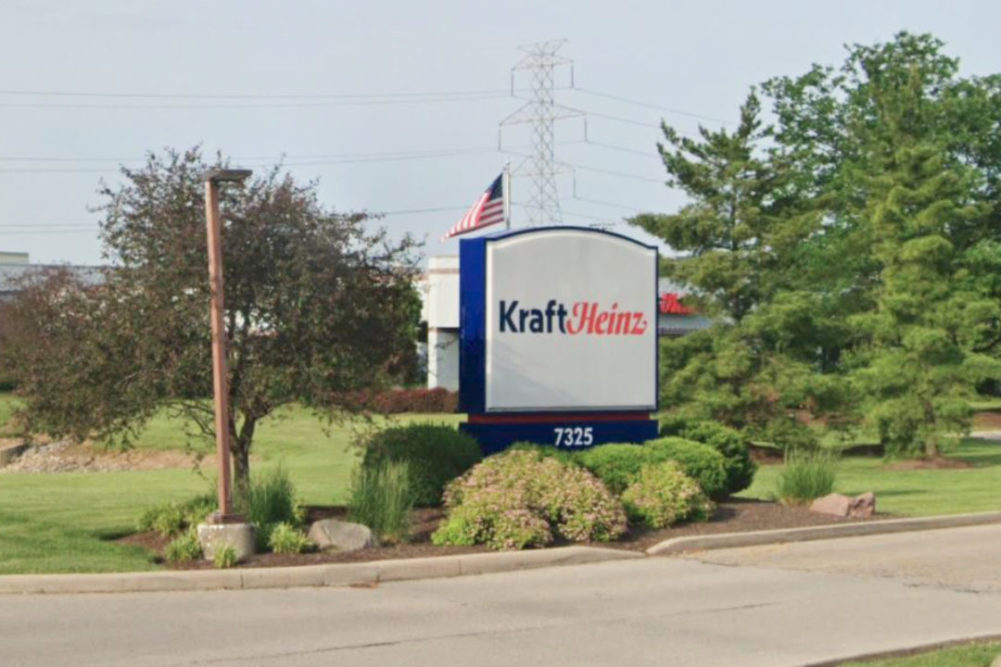CHICAGO – An ongoing challenge for Kraft Heinz Co. has been improving supply chain efficiencies. The company’s gross profit performance has declined and management has identified the supply chain as an area of continuous improvement.
“We were not able to implement productivity initiatives to offset cost inflation,” said Paulo Luiz Araujo Basilio, global chief financial officer during the company’s Sept. 15 investor day presentation. “So, we lost efficiency in procurement, manufacturing and logistics. We were late to transition from integration-driven consolidation to ongoing productivity plans.
“We are now switching our focus from fixed to variable operating cost. We have long-term efficiency initiatives, and we see a clear path to improve our gross profit gap and strengthen our competitive advantage.”
A challenge facing the company has been a fragmented operating structure where groups were working in independent silos. Following a review implemented by chief executive officer Miguel Patricio after he took over in April 2019, the company has created an operations center to better manage the supply chain and recommend areas of cost savings.
“We have identified $2 billion of gross productivity efficiencies to be captured in the next five years,” Basilio said. “Roughly $1.2 billion will come from procurement and another $800 million from manufacturing and logistics efficiencies.”
Areas of focus will include sourcing, external manufacturing, procurement and implementing design to value.
“We identified an urgent need to elevate our procurement capabilities to address unexplored opportunities, enhancing our sourcing results while strengthening our relationships with key suppliers,” said Marcos Eloi, chief procurement officer.
Kraft Heinz has more than 350 suppliers and spends approximately $2 billion annually. The company is focused on changing its relationship with those suppliers.
“Relationships with our external manufacturers will now be driven by a streamlined process,” Eloi said. “On the first step, we are deploying a straightforward make-or-buy methodology, strategically evaluating whether we choose to outsource our production or not. If we decide to outsource, we will define the best approach, selecting the right partner for what we need. Then we will evolve the way that we manage our relationship. It shouldn't be that different than the way we manage our own operation.”
A procurement center is in development to centralize the company’s indirect spend.
“With more than 20,000 suppliers, this is a heavily fragmented spend,” Eloi said. “By centralizing it, we will ensure proper visibility and control to drive consolidation of this spend with contracts. And with automation, we will streamline our procurement operations to drive price savings.
“For example, we identified several cases where the same materials have been bought across the company with up to 20% to 30% price difference. That's exactly what we are expecting to optimize and capture those opportunities as a result of this project.”
The design-to-value initiative is intended to create “value engineering opportunities” and feed Kraft Heinz’s innovation pipeline.
“With a cross-functional approach, we are using our consumer insights and competitive benchmark, addressing both our cost structure as well as our product designs,” Eloi said. “And this is not just to take cost out, but also to add value to our products and brands.
“Last year, we ran our first pilot in the US, covering only 25% of our spend. As a result of this pilot, we were able to identify a pipeline of initiatives that doubled the size of our engineering savings that we normally implement every year. Now we are rolling out this methodology to other categories in the US as well as in our other zones.”
Basilio said the company expects to achieve $350 million to $400 million of the total $2 billion cost savings in 2020.
“Another important source of efficiency will be working capital savings,” he said. “We have identified meaningful opportunities, specifically in inventory as we better integrate our supply chain activities with the rest of the business. These opportunities include new and better planning and optimizing our manufacturing and logistics network.
“Additionally, three portfolio-focused efforts will contribute to working capital savings: SKU (stock-keeping unit) rationalization, improved supply chain analytics to increase productivity and speed, and optimizing the efficiency through our network design initiatives. We expect that, together, these efforts will reduce working capital from 2.8% of net sales to approximately 1.8% by 2024 or sooner.”
Patricio acknowledged during a question and answer portion of the investor day that the company’s plan is not going to be a straight line. Several factors, including inflationary pressures or shifts in the economy may force the company to adapt. But he did express commitment to make the investments during the next five years.


